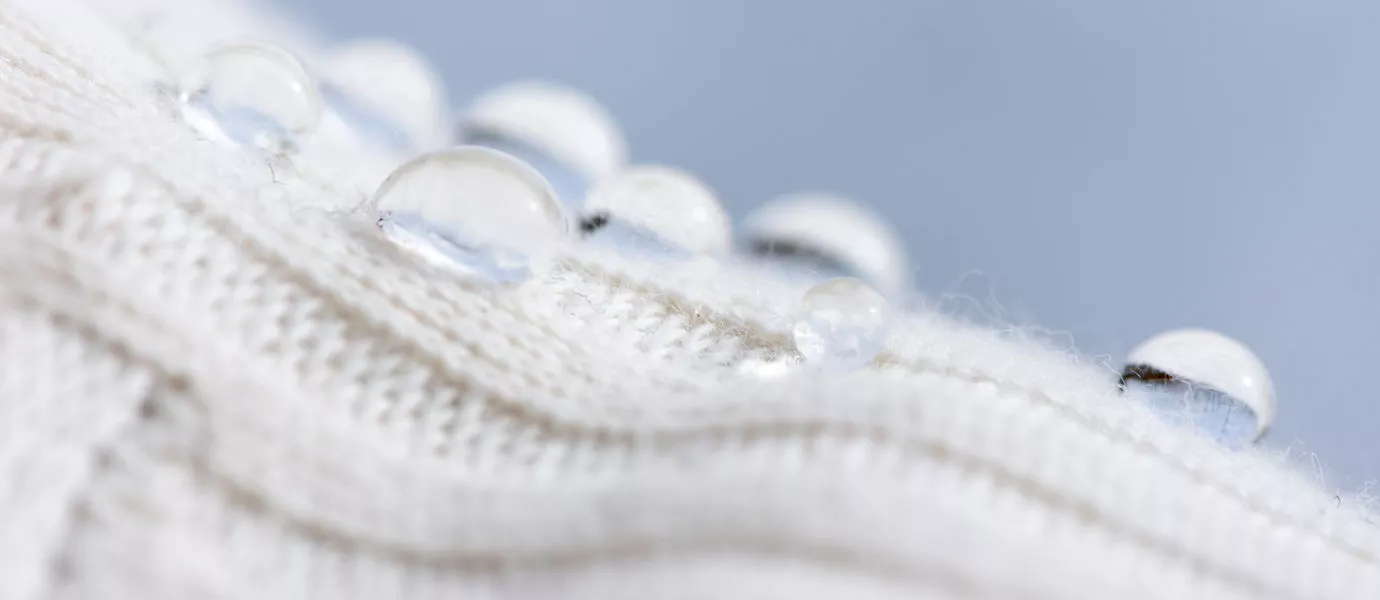While many groups have been developing coatings that allow fabric to be waterproof yet breathable, most of those solutions have incorporated toxic chemicals. Now, however, scientists are getting good results from an eco-friendly coating made of wax and starch.
To create the new coating, researchers at Finland's Aalto University started with carnauba wax, obtained from palm tree leaves. It's relatively innocuous, already being used in products such as car wax, medicines and foodstuffs.
That wax was melted and decomposed in water, forming a solution of negatively-charged wax particles. Because the cellulose that makes up natural fabric fibers is also negatively-charged, a positively-charged buffer had to be added as a go-between, allowing the wax particles to adhere to the fibers.
Although previous research indicated that a protein known as polylysine could do the job, it is unfortunately quite expensive. Instead, the scientists found that a much cheaper commercially-available starch sufficed.
The resulting wax/starch solution was applied to organic fabrics such as viscose, tencel, cotton and hemp, via processes including dipping, spraying and brushing. In all cases, this treatment made the materials water-repellent, while retaining their breathability and natural feel. By contrast, when the same types of fabric were treated with traditional waterproof coatings, their breathability was reduced.
Unfortunately, in its current form, the Aalto coating doesn't stand up well to washing with detergent. It has therefore been suggested that its use be limited to infrequently-laundered items such as jackets, which consumers could spray a new coating onto after each wash.
A paper on the research was recently published in the journal Carbohydrate Polymers.
Source: Aalto University




